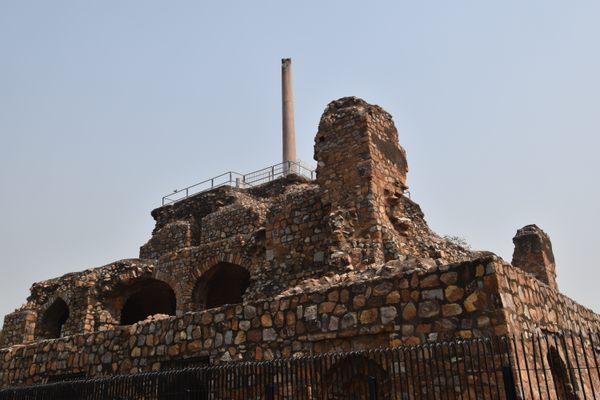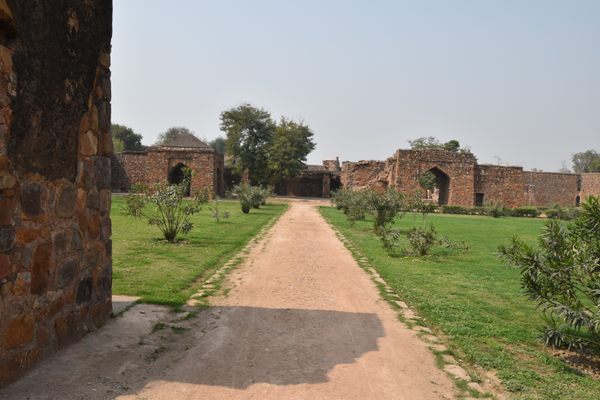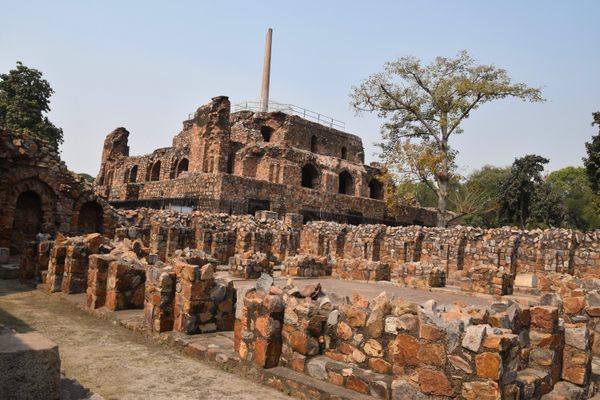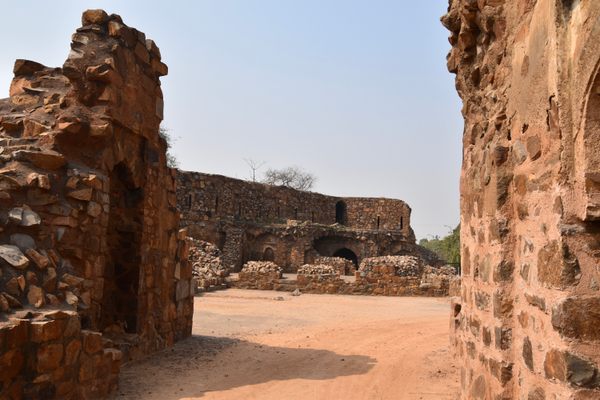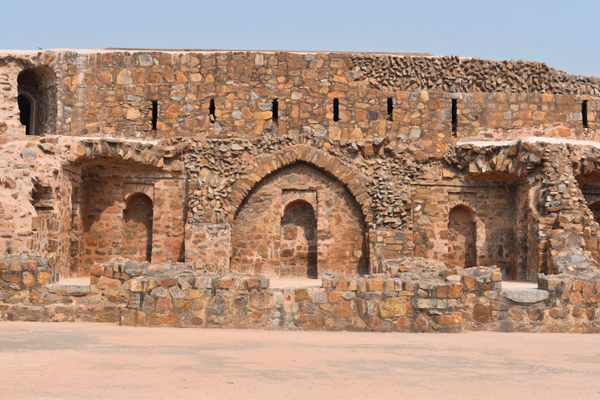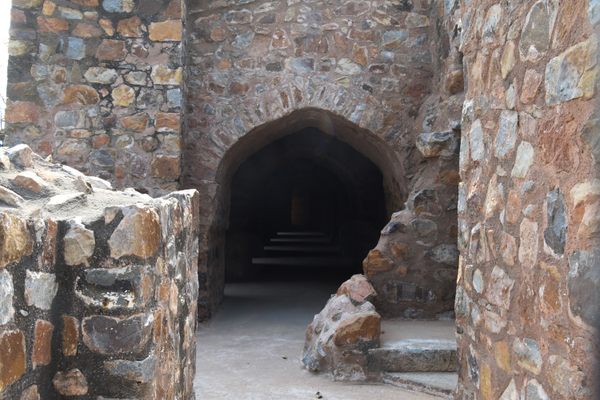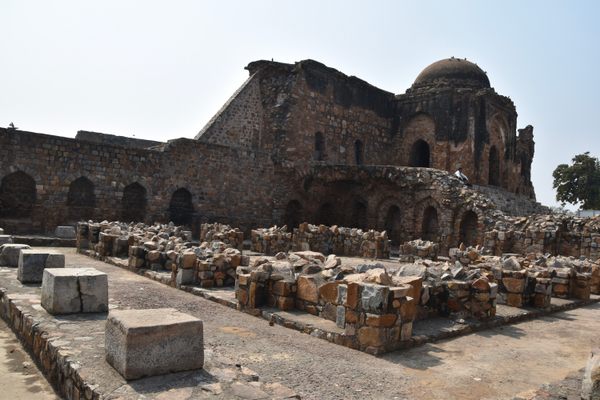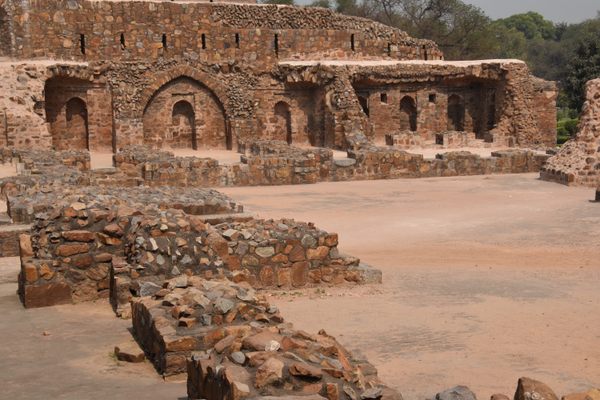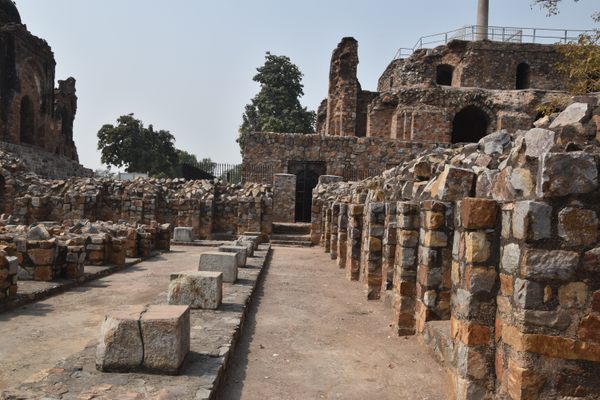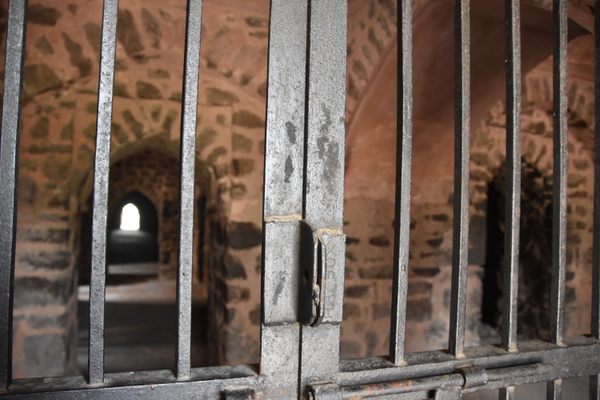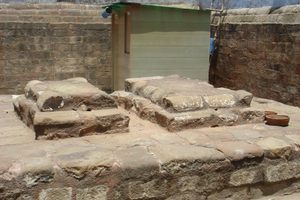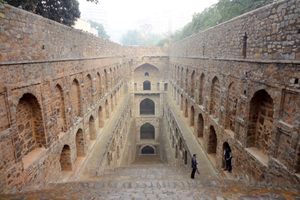About
In 1993, Scottish historian William Dalrymple published his now-famous travelogue about his six-year stay in Delhi. It was titled City of Djinns, and its very first sentence went: “It was in the citadel of Feroz Shah Kotla that I met my first Sufi.”
According to the Sufi, the djinns were created by Allah when the world was new, fashioned from fire while mankind was made from clay. In English, they are called genies—the very beings that pop up every now and then in Arabian Nights stories. Locals believe that these ancient spirits haunt the Muslim quarters of Old Delhi, granting wishes of those who pray.
The ruins of Feroz Shah Kotla are one of the best-known haunts of Delhi’s djinns. Built circa 1354, it was meant to be the central part of Firozabad, the capital of the Delhi Sultanate during the reign of Firuz Shah Tughlaq. The citadel complex is home to a large garden, a stepwell, and a mosque called the Jami Masjid. One of the oldest that remains in active use, this mosque is said to have greatly impressed Tamerlane, who later imitated its design for his mosque in Samarkand.
Poised forlornly atop the ruin is an ancient Ashoka pillar, made from polished Chunar sandstone. Erected in the third century B.C., the majestic monument originally stood in Topra Kalan until it was moved to its current position by Firuz Shah’s orders. Below it lies a crumbling pyramid with a labyrinthine network of stone cells inside.
The complex is perhaps better known for its weekly crowd of Muslim prayers than as a historic site. Every Thursday, a large number of locals visit the Jami Masjid to pray, so that their wishes may be granted.
While this tradition has only been recorded since 1977, shortly after the end of the Emergency, the djinns have reportedly called Feroz Shah Kotla home for more than four centuries. Local folk belief claims that a ministry of djinns exists within its walls, and photocopied wishes are often hung in the dark nooks and crannies along with the usual offerings of coins and food.
Not all djinns are benevolent or as chatty as Robin Williams, however. Some are downright malevolent by nature, and the most evil djinn of all is believed to be imprisoned inside one of Firuz Shah’s underground cells, smoldering like a piece of coal; so perhaps it is a good thing that much of the labyrinth is fenced off.
Related Tags
Know Before You Go
The historic complex is open every day from 8:30 a.m. to 7 p.m. Admission is 5 rupees for Indians, 500 rupees for foreigners. Whether you believe in them or not, be careful not to anger the djinns.
Delhi and Rajasthan: Colors of India
Discover Colorful Rajasthan: From Delhi to Jaipur and Beyond.
Book NowCommunity Contributors
Added By
Published
September 11, 2023
